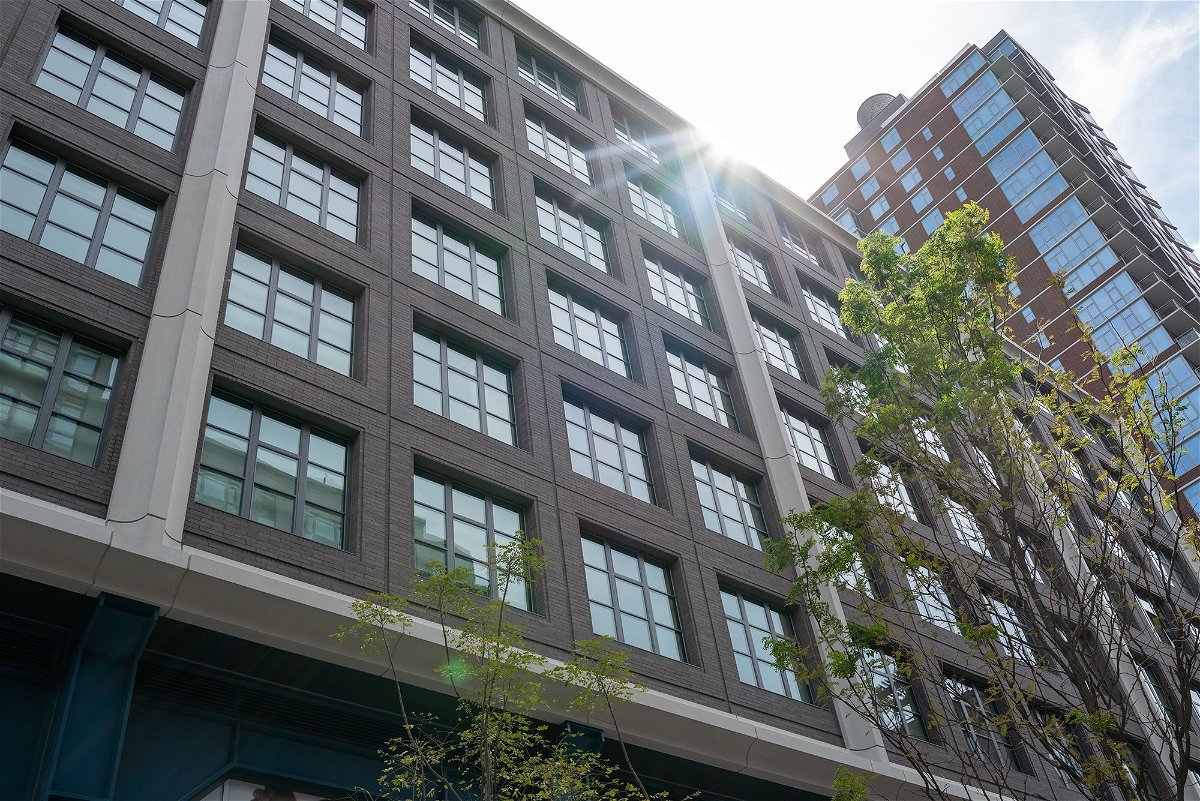Renters are being hit harder by inflation than homeowners

Renters and homeowners are experiencing inflation differently
By Anna Bahney, CNN
Washington, DC (CNN) — Renters and homeowners are experiencing inflation differently, according to new data from Bank of America Institute — and, unsurprisingly, renters are taking the hit.
Using Bank of America internal data to identify homeowners and renters by housing-related payments in bank accounts — mortgage payments, homeowner association fees or rent payments — analysts found that a wedge has opened between spending by renters and homeowners. Renters are seeing weaker spending growth outside of housing.
Two things are causing the split in spending.
First, while the majority of homeowners’ monthly payments have not risen, the cost of renting has surged. Rent inflation jumped from around a 2% year-over-year increase in 2021 to 8.8% year over year in March 2023, according to the Consumer Price Index, although it has moderated marginally in recent months.
Meanwhile, the majority of US homeowners with outstanding mortgage balances have fixed interest rates that were locked in at ultra-low levels prior to the slew of recent interest rate hikes from the Federal Reserve.
Higher inflation and interest rate hikes have caused mortgage rates to climb from an average rate for a 30-year fixed mortgage of 2.65% in January 2021 — the lowest average weekly rate since the beginning of Freddie Mac’s records going back to 1971 — to last week’s 6.81%, according to Freddie Mac.
The analysts say those homeowner households are not yet feeling the direct impact from rising rates. Only the handful of total homeowners who got a mortgage after early 2022 or those with floating mortgage rates (a very small number) are feeling pinched.
Secondly, even if a typical mortgage payment is higher than a typical monthly rent payment, because renters’ income tends to be less than homeowners, more renters put a larger share of their income toward rent than homeowners put toward mortgage payments. That is leading renters to pull back on their discretionary spending more than homeowners, according to Bank of America Institute.
More renters are becoming “cost burdened,” which means households are paying more than 30% of their income toward housing, generally considered to be a financially sound share.
High housing costs hit renters hardest. Nearly half of renters — an estimated 49% — are cost burdened, according to a recent report from the Joint Center for Housing Studies at Harvard University. Between 2019 and 2021 (the most recent data available) the number of cost-burdened renters increased by 1.2 million to a record 21.6 million households. Among these, 11.6 million were severely cost burdened, meaning they spent more than 50% of their income on housing. Although the share of renter households experiencing cost burdens had been steadily declining over the past decade, the trend reversed during the pandemic.
While the share of homeowners who were cost burdened also rose during the same time — increasing by 2.3 million to 19 million homeowners, including 8.7 million households that were severely cost burdened in 2021 — only 23% of all homeowners are cost burdened, the Joint Center for Housing Studies report found.
That means they are likely to have more money for discretionary spending.
The year-over-year rate of total spending from the accounts, not including rent, has been weaker for renters since the start of 2022, the Bank of America Institute report said, which coincides with the rise of rent inflation. Year-over-year spending by renters dropped in June by 1.4%, according to the report. But for homeowners, it was up 0.8% over the same period.
This trend is visible by spending sector, too, the report showed. Homeowners showed relative spending strength in all major sectors except furniture. (The weakness in furniture spending is likely related to weak home sales, analysts noted, which would impact homeowners more since they are less likely to be switching homes and have less need for new furniture.)
Restaurants are the only sector where homeowners and renters are both still showing an increase in spending from last year, and homeowners significantly outpace renters.
Even controlling for income — which is necessary because renters tend to have lower incomes than homeowners — renters are showing less spending strength than homeowners in their same income group in most spending categories. The disparity tends to be greater at lower income brackets with the difference between owners and renters less notable for the highest-income group, those earning over $125,000.
Looking ahead, however, this wedge between the spending of renters and homeowners may narrow, the report points out.
As the share of homeowners who have bought a home with higher mortgage costs increases and rent inflation moderates as the Fed winds down its rate hikes, the analysts say some convergence between the spending growth rates for the two groups is likely.
The-CNN-Wire
™ & © 2023 Cable News Network, Inc., a Warner Bros. Discovery Company. All rights reserved.



